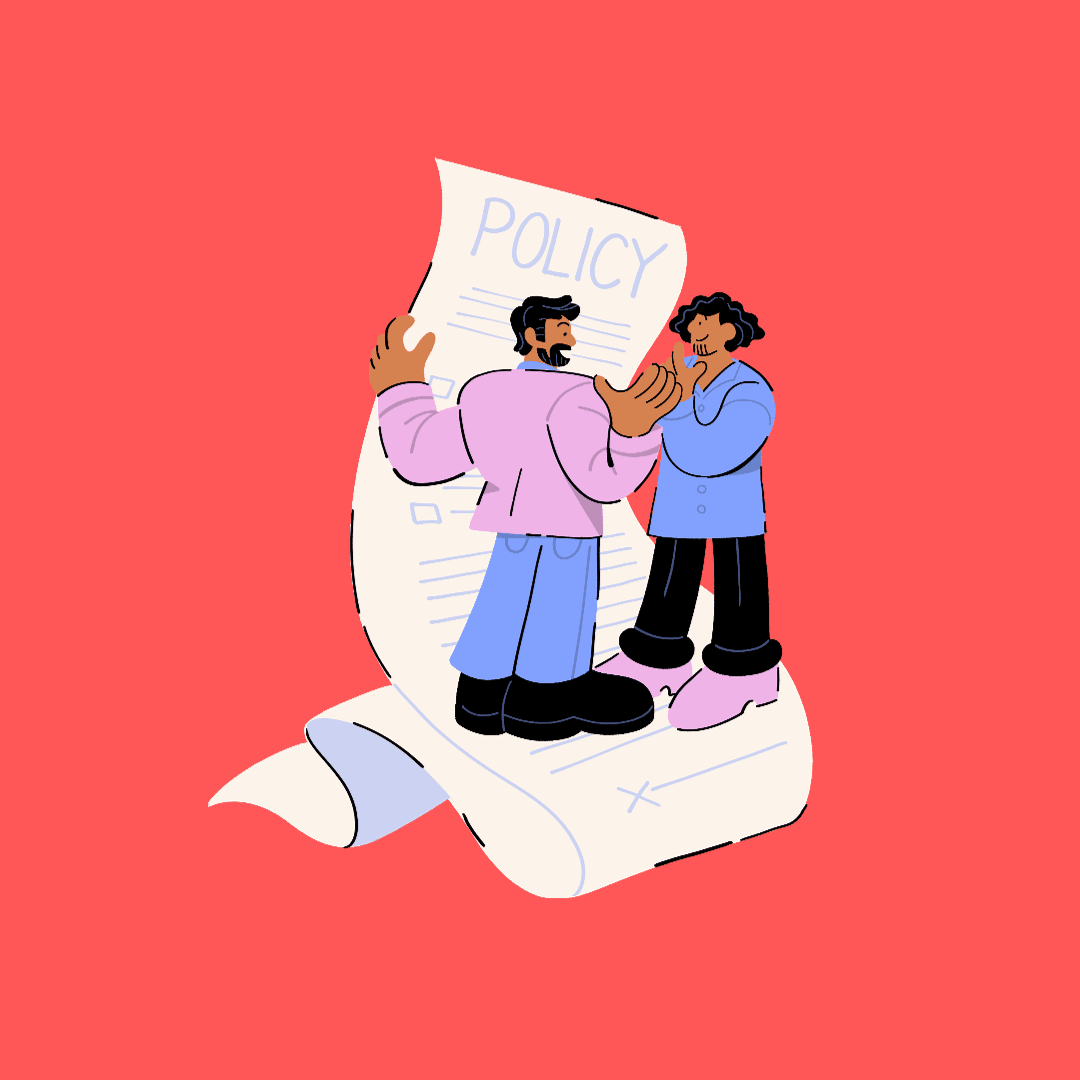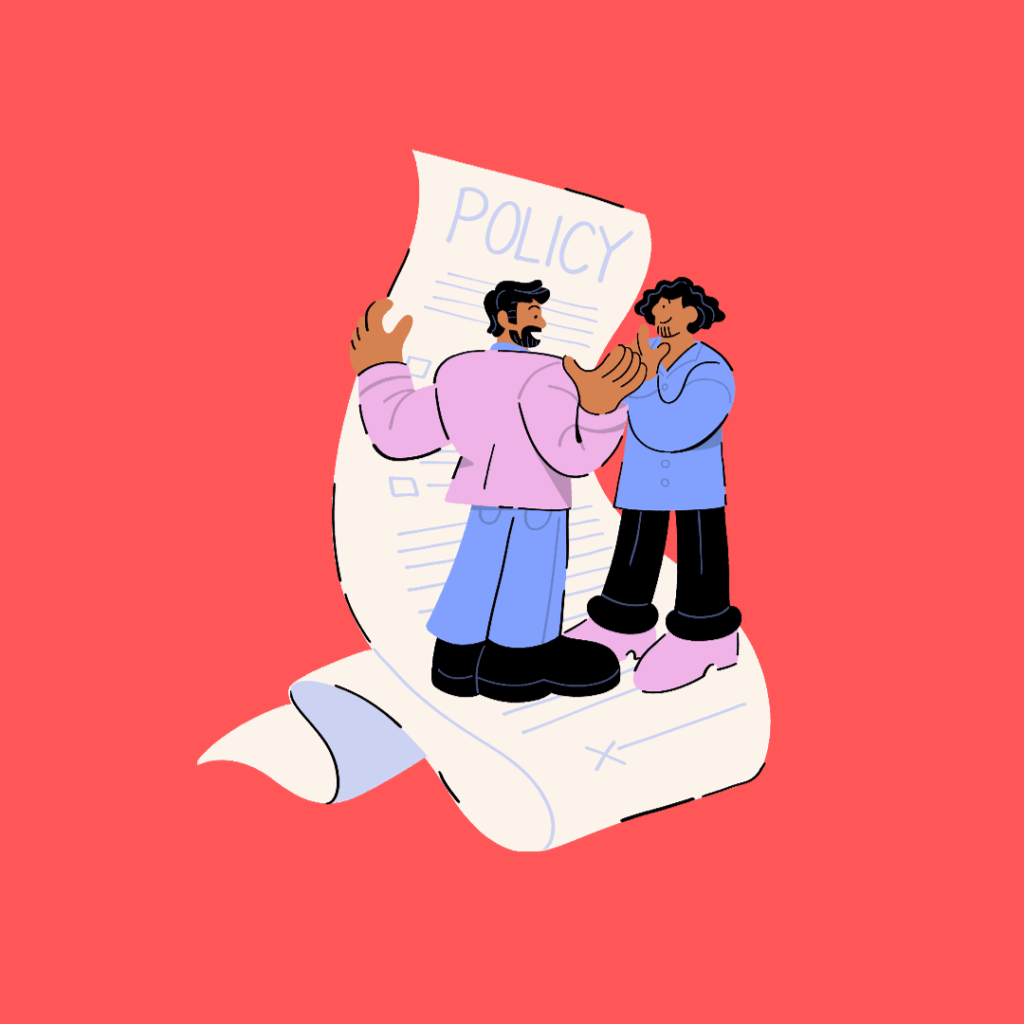


In today’s digital age, Australian businesses and organizations generate a significant amount of paper documents. Protecting sensitive information and reducing environmental impact are two essential goals every Australian organization should strive for. A well-thought-out document destruction and recycling policy tailored to the Australian context can help achieve both objectives. In this blog post, we’ll discuss the top tips for creating an effective policy Down Under.
Before crafting your policy, it’s crucial to understand the Australian legal requirements related to document management, destruction, and recycling. The Privacy Act 1988 and the Notifiable Data Breaches scheme are key legislations to consider, along with any industry-specific regulations that may apply.
Ensure that your document handling procedures align with the APPs, especially APP 11, which deals with security and disposal of personal information.
Australian organizations must prioritise the secure management of PII. Establish strict processes for the handling and destruction of documents containing personal data.
When selecting recycling partners, ensure they comply with Australia’s recycling standards and regulations.
The Australasian Recycling Label (ARL) is a helpful tool for promoting recycling. Encourage employees to recognise and follow ARL guidelines for proper recycling practices.
Australia has various state and territory-specific environmental initiatives and targets. Stay informed about local sustainability efforts and incorporate them into your policy where applicable.
Incorporate e-waste, such as old electronic devices and data storage media, into your recycling policy. Australia has e-waste recycling programs to responsibly dispose of electronic waste.
Choose paper products with responsible sourcing certifications like the Forest Stewardship Council (FSC) to support sustainable forestry practices.
The Australian government often offers grants and incentives to businesses promoting sustainability. Investigate potential funding opportunities for implementing eco-friendly document practices.
Build relationships with local recycling facilities and explore opportunities for closed-loop recycling, which can minimise waste and reduce costs.
Australia’s environmental and data protection laws are subject to change. Stay vigilant and update your policy accordingly to maintain compliance.
An effective document destruction and recycling policy tailored to the Australian context not only safeguards sensitive information but also contributes to the nation’s sustainability efforts. By following these top tips, your organization can create a robust policy that protects data, reduces its ecological footprint, and aligns with Australia’s unique regulatory landscape. Make it a priority, and you’ll be on the path to a more secure and sustainable future in the Land Down Under.


At ShredFinder, our platform offers a diverse range of shredding products and services, striving to encompass a wide selection available in the market. While we aim for inclusivity, it’s important to note that we might not cover every product, provider, or service available.
We make every effort to ensure the accuracy and currency of the information provided on our site. However, we strongly advise verifying details with the specific product or service provider.
We do not provide recommendations, endorsements, or financial/professional advice regarding any specific service provider.
Don’t waste any more time searching for the perfect shredding service. Let us simplify the process for you.